Where all the money went
Moveon.org, Swift Boat Veterans for Truth, and other partisan groups called “527s” have spent hundreds of millions of dollars to influence this presidential campaign. Wasn’t campaign finance reform supposed to prevent this?
What is a 527?
It’s a political advocacy group. Under Section 527 of the Internal Revenue Service code, these nonprofit groups do not have to pay taxes on the contributions they receive from public-minded citizens. In theory at least, 527 organizations operate independently of political parties and campaigns. They are therefore also exempt from the fundraising and spending restrictions that govern the political parties and candidates. In this presidential campaign, more than 100 new 527s have sprung to life; altogether, they have generated more than $300 million in contributions—more than either John Kerry or George W. Bush have raised on their own.
Who’s donating all this cash?
The Week
Escape your echo chamber. Get the facts behind the news, plus analysis from multiple perspectives.

Sign up for The Week's Free Newsletters
From our morning news briefing to a weekly Good News Newsletter, get the best of The Week delivered directly to your inbox.
From our morning news briefing to a weekly Good News Newsletter, get the best of The Week delivered directly to your inbox.
When the liberal 527 Moveon.org began raising funds on the Internet several years ago, small donors provided the bulk of the donations. But in the past year, a host of multimillionaires and billionaires have jumped at the chance to donate unlimited amounts of money to influence the election. Financier George Soros and insurance executive Peter Lewis, who have pledged to rid the country of Bush, have each given about $15 million to various left-leaning 527s. Real estate developer Alex Spanos has given $5 million and Texas oilman T. Boone Pickens $3 million to keep the president in office.
How has the money been spent?
Most of it has gone to a barrage of highly negative TV commercials, such as the ones questioning Kerry’s Vietnam heroism and Bush’s National Guard service. The new 527 groups have also funded print ads, Internet campaigns, and even documentaries. The advent of 527s, political scientists say, has helped make the current campaign the most expensive in history—and one of the most negative, too. One recent study found that 93 percent of 527-funded commercials consisted essentially of attacks on opposition candidates.
Are 527s new?
A free daily email with the biggest news stories of the day – and the best features from TheWeek.com
Technically speaking, they go back 30 years. Congress created Section 527 in the IRS code back in 1973, as part of the first wave of campaign reform. But no one paid much attention—or gave much money—to advocacy groups until reformers pushed through the McCain–Feingold campaign finance law in 2002. Suddenly, 527s were transformed from an obscure footnote in national politics to a front-page headline.
How did reform manage to do that?
Call it the law of unintended consequences. The intent of McCain–Feingold was to close the last big loophole in federal campaign law. That loophole permitted corporations, unions, and wealthy individuals to give unlimited amounts of money to the Democratic and Republican parties, as long as it was not used directly for individual campaigns. In practice, the parties found myriad back doors through which to funnel this so-called “soft” money into campaigns, such as buying “issue” ads attacking opposition candidates. (“Call Sen. Foghorn if you think he’s wrong to support criminal assaults on women.”) McCain–Feingold banned “soft” contributions, assuming it would cut off funding for attack ads. Instead, the unregulated money flowed to 527s, which picked right up where the Democratic and Republican parties had left off.
Don’t 527s have any restrictions?
Yes—but the Federal Election Commission has virtually ignored them. To remain exempt from the McCain–Feingold law, 527s cannot “expressly advocate” the election or defeat of any candidate. The FEC has chosen to interpret that prohibition very loosely. These advocacy groups are also barred from coordinating their “plans, projects, activities, or needs” with campaigns or party committees. The wall dividing 527s from the parties, though, has been at best permeable, and very likely illusory: The biggest 527s on the left, for example, have been run or advised by longtime Democratic Party insiders—people like Harold Ickes, a member of the DNC’s executive committee, and pollster Stanley Greenberg, now an advisor to the Kerry campaign. The Republicans were late to the game, but now former GOP chairman Bill Brock and other party stalwarts are busy hitting up party donors for millions that are being spent through 527s. In fact, it was a Republican-backed 527 group that might have turned the campaign in Bush’s favor.
Which group was that?
Swift Boat Veterans for Truth. Spearheaded by several Vietnam vets who have long despised Kerry, the group got its seed money from Pickens and other Texas Republicans with close ties to Bush. The Swift Boaters claimed in scathing television ads that Kerry’s Vietnam medals were undeserved. Many of their charges have been contradicted by eyewitnesses and official records. But after these commercials aired and got widespread news coverage, Kerry’s lead in the polls vanished, and Bush surged ahead. Asked to condemn the ads, Bush shrugged and said he was opposed to all negative ads by independent groups. “I don’t think we ought to have 527s,” Bush said.
Could 527s be banned?
After the election, Congress, the courts, or the FEC may attempt to close the 527 loophole. But so far, all attempts to limit the influence of money on American politics have met with limited success. As the U.S. Supreme Court said in a decision on campaign reform last year, “Money, like water, will always find an outlet.”
Going negative
-
 A lemon-shaped exoplanet is squeezing what we know about planet formation
A lemon-shaped exoplanet is squeezing what we know about planet formationUnder the radar It may be made from a former star
-
 Political cartoons for January 4
Political cartoons for January 4Cartoons Sunday's political cartoons include a resolution to learn a new language, and new names in Hades and on battleships
-
 The ultimate films of 2025 by genre
The ultimate films of 2025 by genreThe Week Recommends From comedies to thrillers, documentaries to animations, 2025 featured some unforgettable film moments
-
 Bari Weiss’ ‘60 Minutes’ scandal is about more than one report
Bari Weiss’ ‘60 Minutes’ scandal is about more than one reportIN THE SPOTLIGHT By blocking an approved segment on a controversial prison holding US deportees in El Salvador, the editor-in-chief of CBS News has become the main story
-
 Has Zohran Mamdani shown the Democrats how to win again?
Has Zohran Mamdani shown the Democrats how to win again?Today’s Big Question New York City mayoral election touted as victory for left-wing populists but moderate centrist wins elsewhere present more complex path for Democratic Party
-
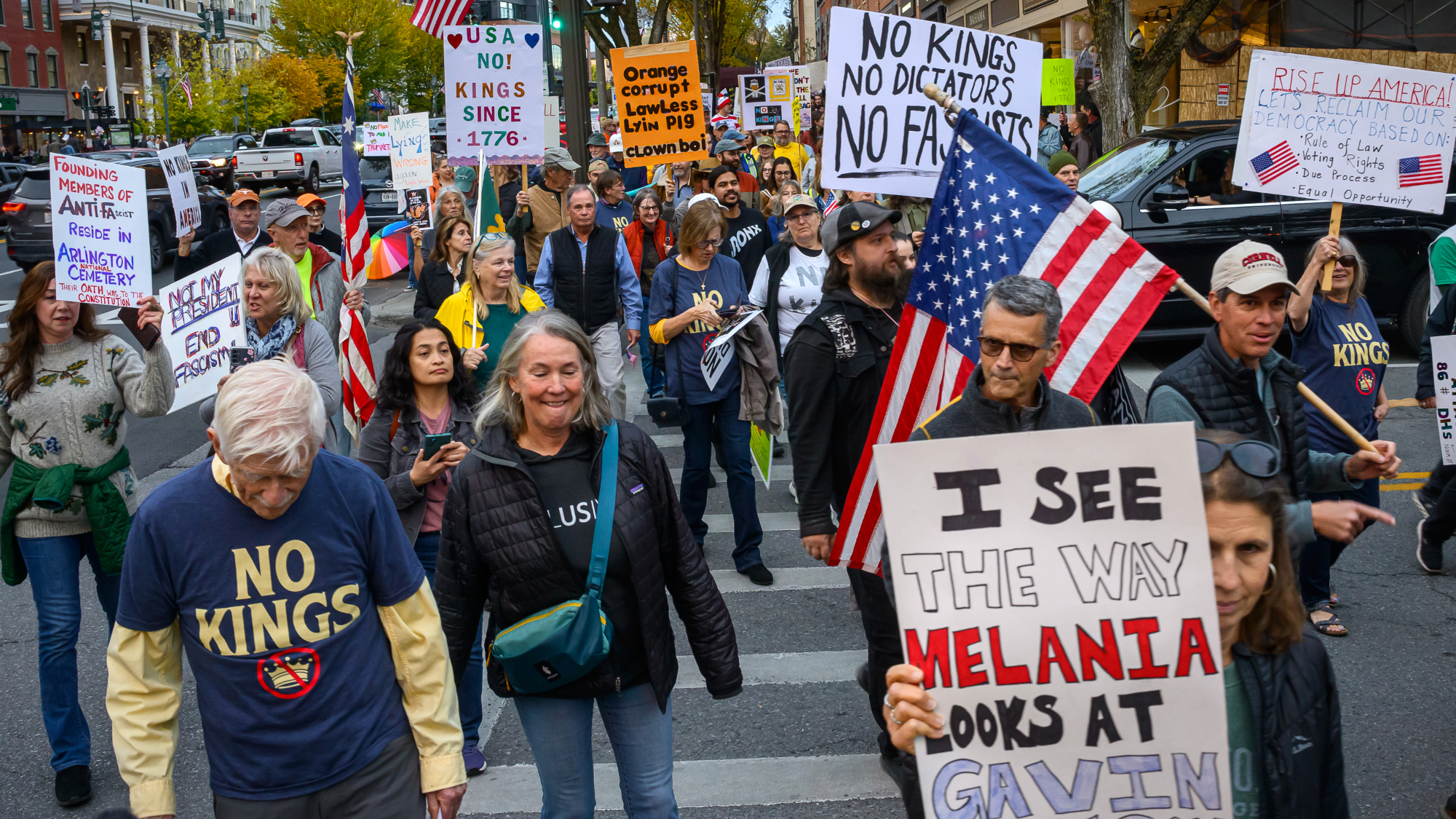 Millions turn out for anti-Trump ‘No Kings’ rallies
Millions turn out for anti-Trump ‘No Kings’ ralliesSpeed Read An estimated 7 million people participated, 2 million more than at the first ‘No Kings’ protest in June
-
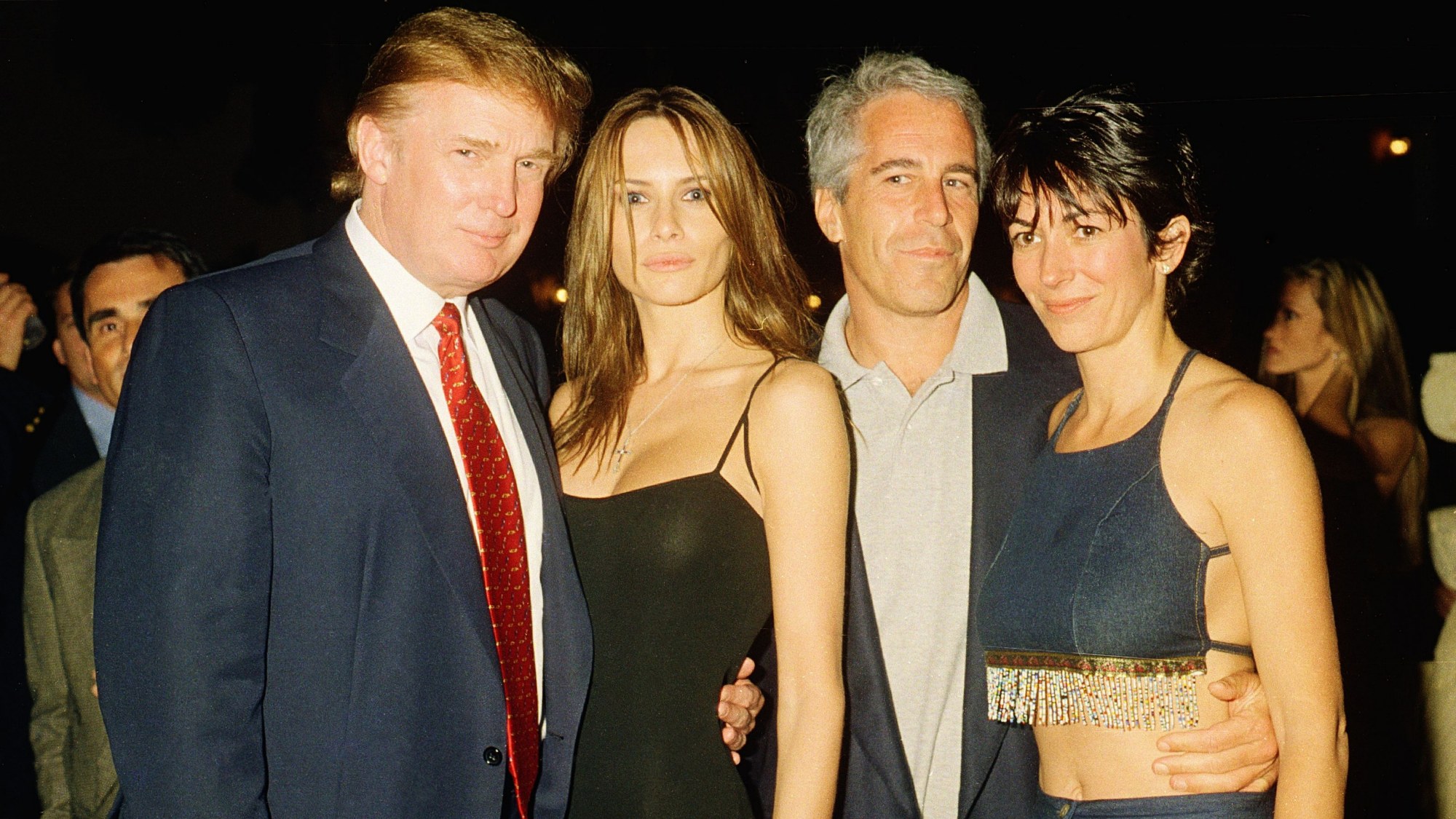 Ghislaine Maxwell: angling for a Trump pardon
Ghislaine Maxwell: angling for a Trump pardonTalking Point Convicted sex trafficker's testimony could shed new light on president's links to Jeffrey Epstein
-
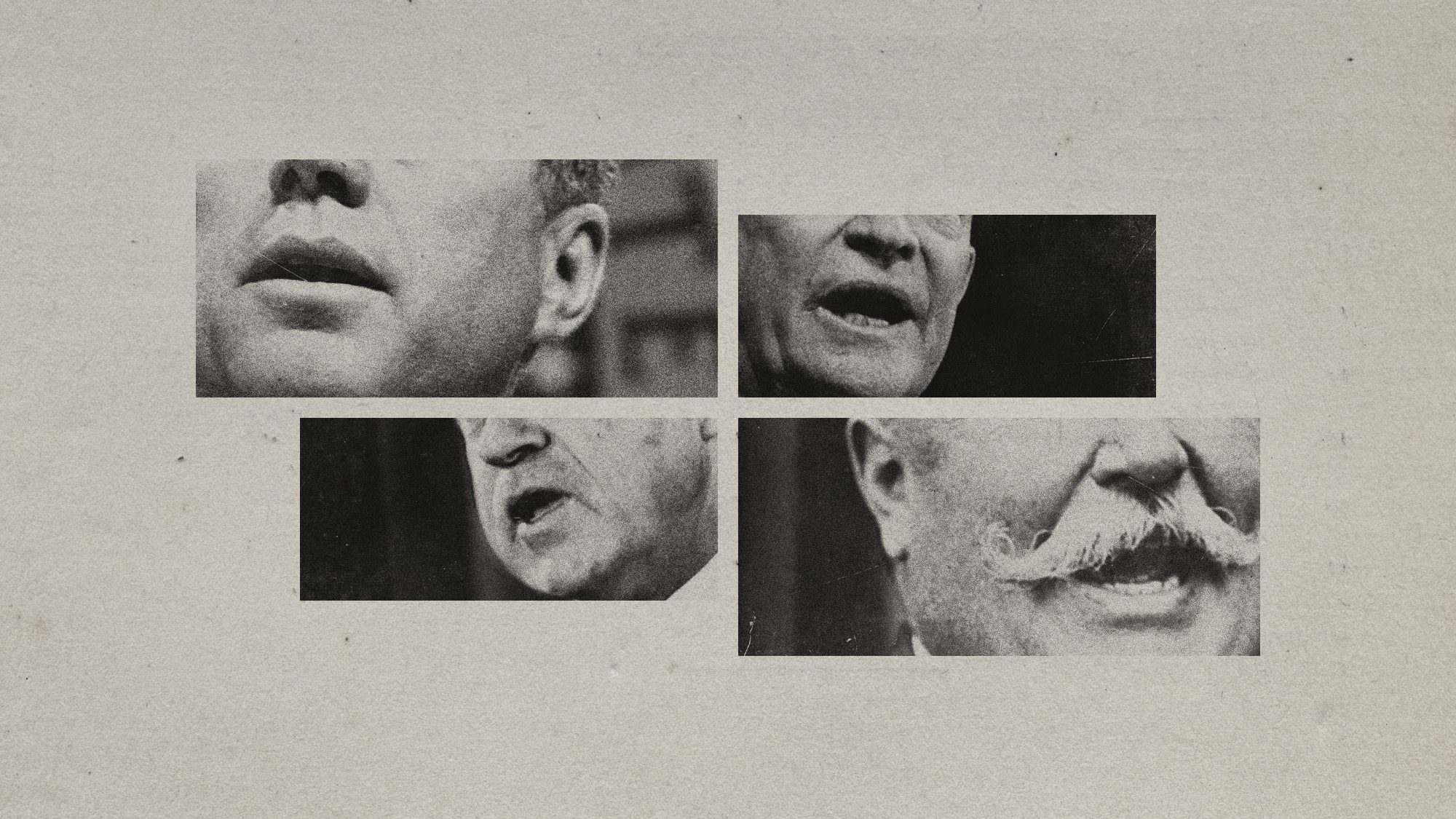 The last words and final moments of 40 presidents
The last words and final moments of 40 presidentsThe Explainer Some are eloquent quotes worthy of the holders of the highest office in the nation, and others... aren't
-
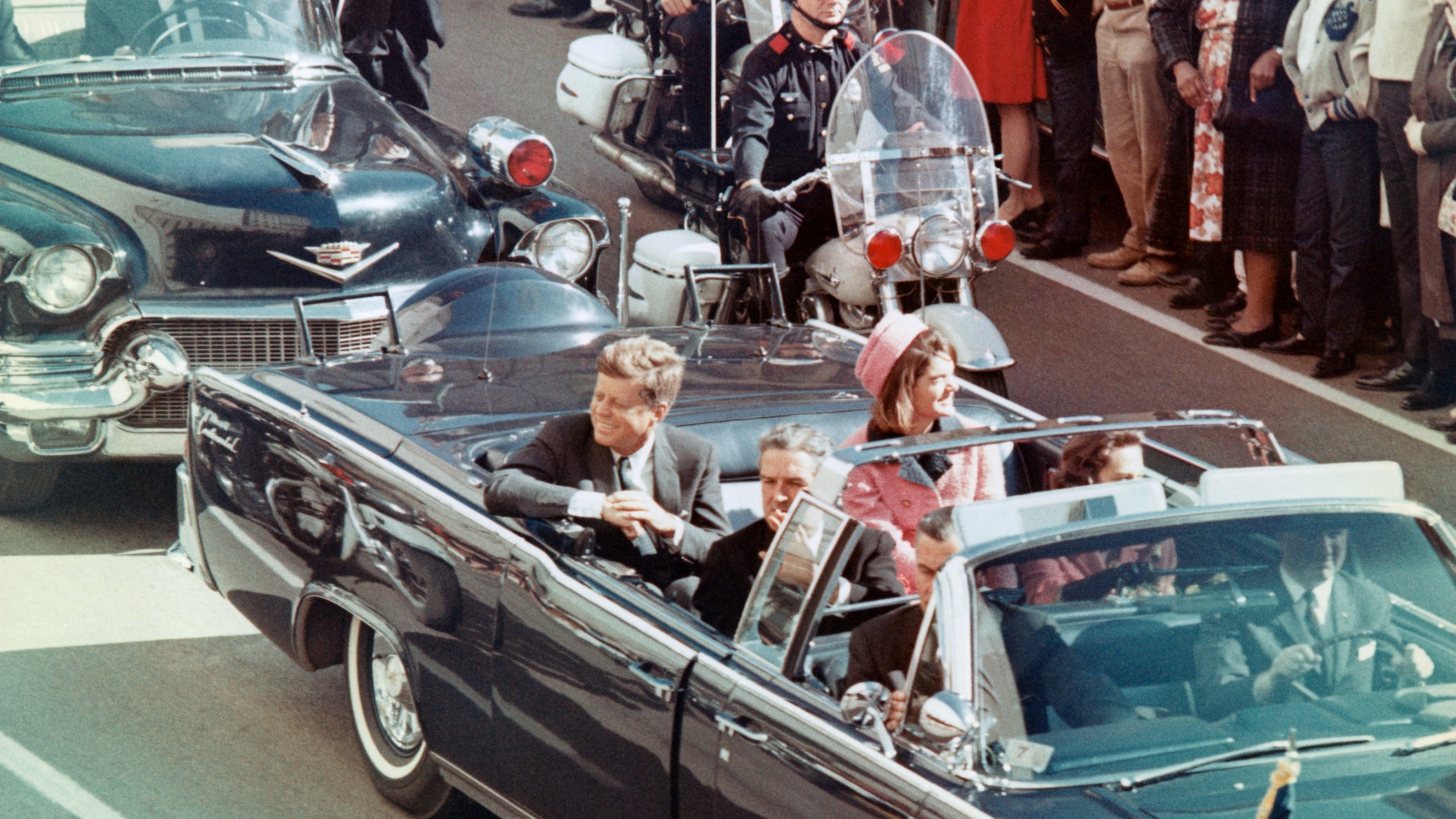 The JFK files: the truth at last?
The JFK files: the truth at last?In The Spotlight More than 64,000 previously classified documents relating the 1963 assassination of John F. Kennedy have been released by the Trump administration
-
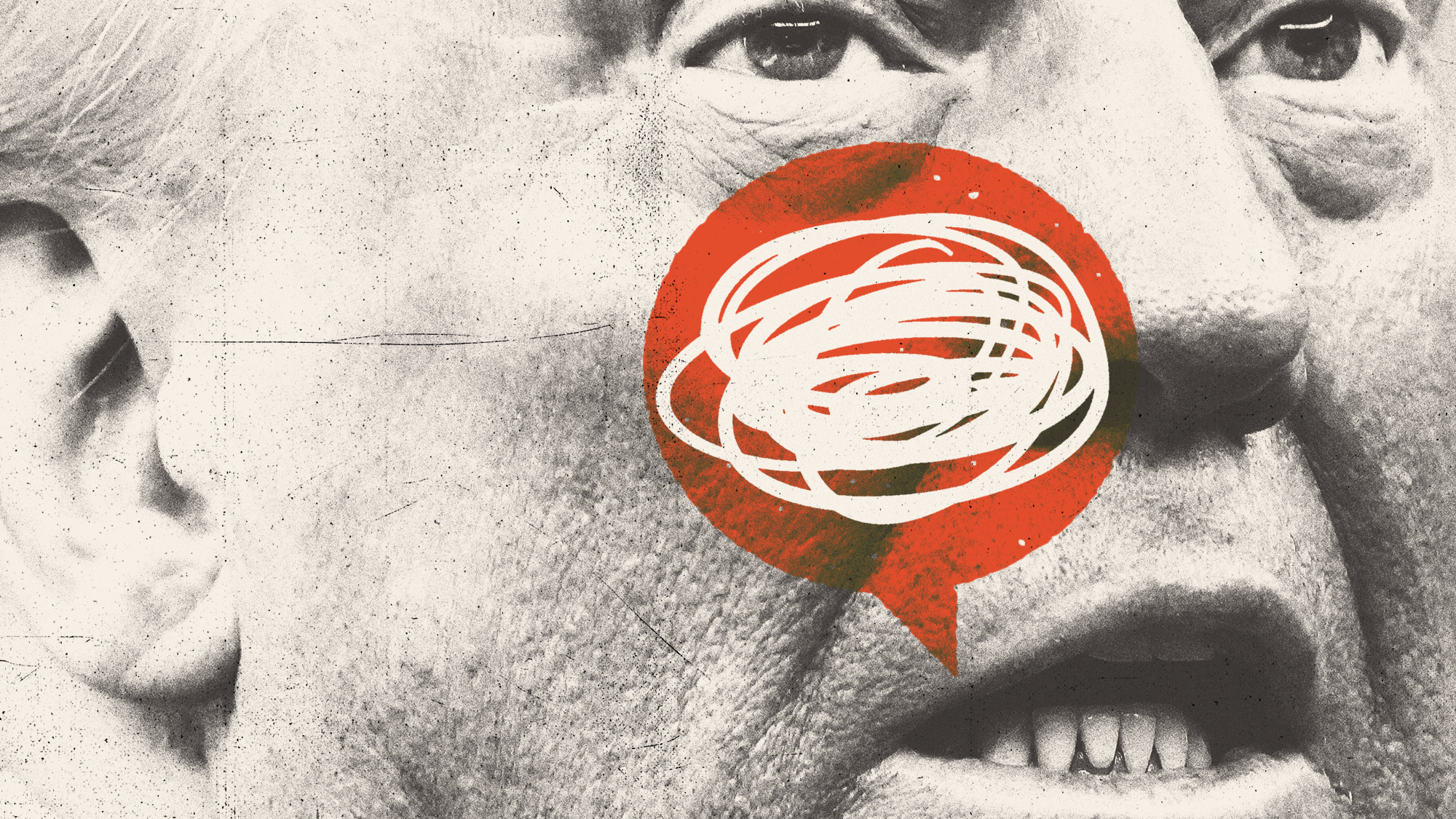 'Seriously, not literally': how should the world take Donald Trump?
'Seriously, not literally': how should the world take Donald Trump?Today's big question White House rhetoric and reality look likely to become increasingly blurred
-
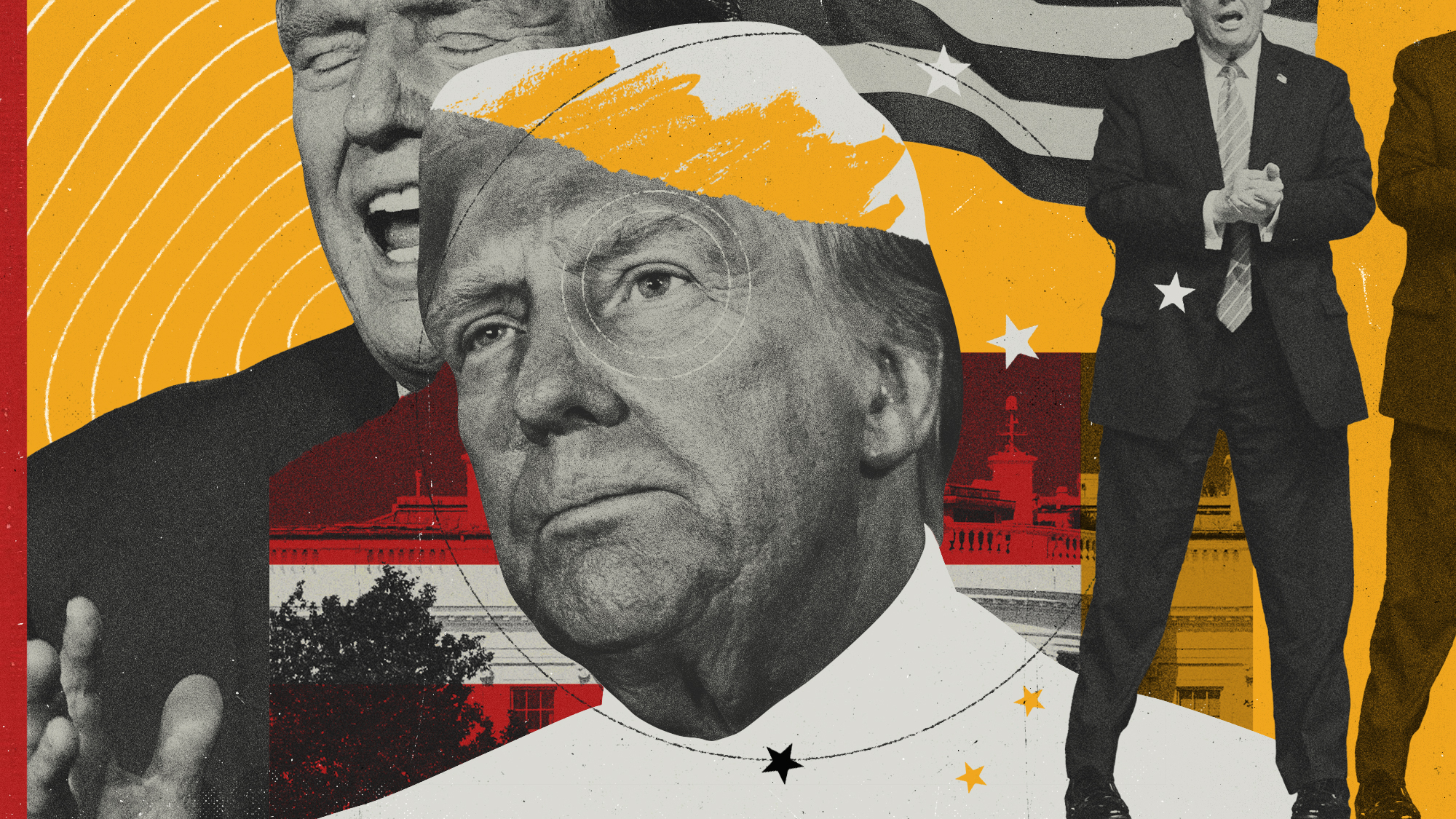 Will Trump's 'madman' strategy pay off?
Will Trump's 'madman' strategy pay off?Today's Big Question Incoming US president likes to seem unpredictable but, this time round, world leaders could be wise to his playbook